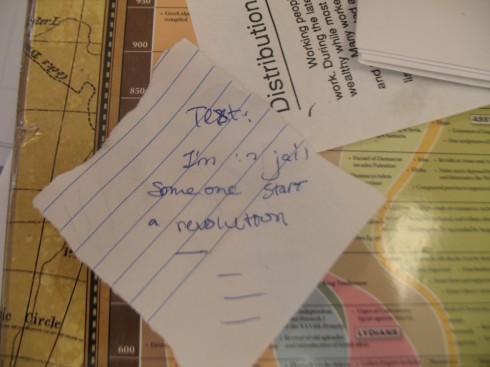
It’s dawn, but the sun has not yet come up. Even when it does it won’t be able to break through the solid, low sheet of stratus clouds. Make that nimbostratus clouds, ’cause it’s raining. The light, forever-drizzle as the spring warm fronts push slowly, persistently, against the winter.

It’s cold, but the birds are out, and so am I. Impervious to the weather, two bright males compete for the attention of a female. She stands apart, as patient as the rain. The males chase each each other from tree to tree. Their intentions are overt, their challenges obvious; yet there is so much less tension than when primates interact.

I appreciate their lack of subtlety.
I like rainy days. They bring back memories: of hard, tropical rain beating a pulsing, bass, asyncopation on a galvanized steel roof; of goalkeeping on a flooding field, where you could not even see the half-line, much less the other goal; of hiking the calmed streets of New York, dry and warm with the hood up on a bright orange raincoat.
The rain isolates and quiets the world. Though I enjoy our immersion trips, and really believe they are one of the best mediums for learning, I savor those few minutes of solitude each morning. Before the cacophony to come.









